Nissan Townstar vs Peugeot Rifter - Differences and prices compared
Costs and Efficiency:
When it comes to price and running costs, the biggest differences usually appear. This is often where you see which car fits your budget better in the long run.
Peugeot Rifter has a slight advantage in terms of price – it starts at 23800 £, while the Nissan Townstar costs 25700 £. That’s a price difference of around 1885 £.
Fuel consumption also shows a difference: Peugeot Rifter manages with 5.60 L and is therefore a bit more efficient than the Nissan Townstar with 6.70 L. The difference is about 1.10 L per 100 km.
In terms of energy consumption, the advantage goes to the Peugeot Rifter: with 18.30 kWh per 100 km, it’s hardly perceptible more efficient than the Nissan Townstar with 19.30 kWh. That’s a difference of about 1 kWh.
As for range, the Peugeot Rifter performs to a small extent better – achieving up to 339 km, about 58 km more than the Nissan Townstar.
Engine and Performance:
Power, torque and acceleration are the classic benchmarks for car enthusiasts – and here, some clear differences start to show.
When it comes to engine power, the Peugeot Rifter has a hardly perceptible edge – offering 136 HP compared to 130 HP. That’s roughly 6 HP more horsepower.
In acceleration from 0 to 100 km/h, the Peugeot Rifter is a bit quicker – completing the sprint in 10.80 s, while the Nissan Townstar takes 12.60 s. That’s about 1.80 s faster.
In terms of top speed, the Peugeot Rifter performs minimal better – reaching 184 km/h, while the Nissan Townstar tops out at 183 km/h. The difference is around 1 km/h.
There’s also a difference in torque: Peugeot Rifter pulls slightly stronger with 300 Nm compared to 245 Nm. That’s about 55 Nm difference.
Space and Everyday Use:
Cabin size, boot volume and payload all play a role in everyday practicality. Here, comfort and flexibility make the difference.
Seats: offers more seating capacity – vs .
In curb weight, Nissan Townstar is minimal lighter – 1509 kg compared to 1561 kg. The difference is around 52 kg.
In terms of boot space, the Peugeot Rifter offers distinct more room – 1050 L compared to 775 L. That’s a difference of about 275 L.
In maximum load capacity, the Peugeot Rifter performs to a small extent better – up to 3500 L, which is about 450 L more than the Nissan Townstar.
When it comes to payload, Peugeot Rifter evident takes the win – 814 kg compared to 641 kg. That’s a difference of about 173 kg.
Who wins the race?
The Peugeot Rifter proves to be is largely superior and therefore becomes our DriveDuel Champion!
Peugeot Rifter is the better all-rounder in this comparison.
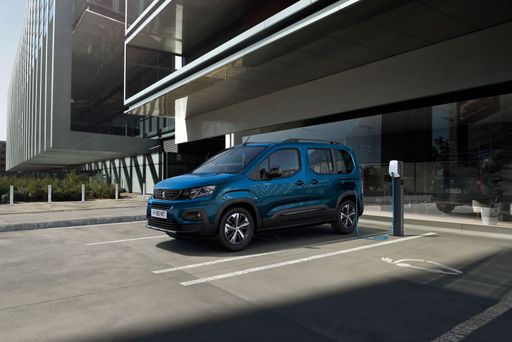 @ Peugeot / Stellantis Media
@ Peugeot / Stellantis Media
Peugeot Rifter
Costs and Consumption
View detailed analysis
Engine and Performance
View detailed analysis
Dimensions and Body
View detailed analysis
Nissan Townstar
The Nissan Townstar is a pragmatic city companion that blends clever packaging with a calm, easygoing drive, making it ideal for urban errands and small-business hauls. It won't win any style contests, but its tidy interior, sensible features and no-nonsense character make it a genuinely useful buy for people who value practicality over pizzazz.
details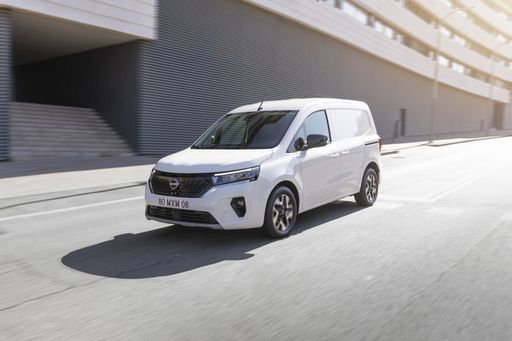 @ Nissan Motor Corporation
@ Nissan Motor Corporation
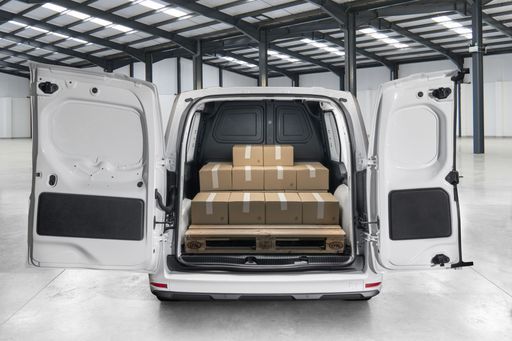 @ Nissan Motor Corporation
@ Nissan Motor Corporation
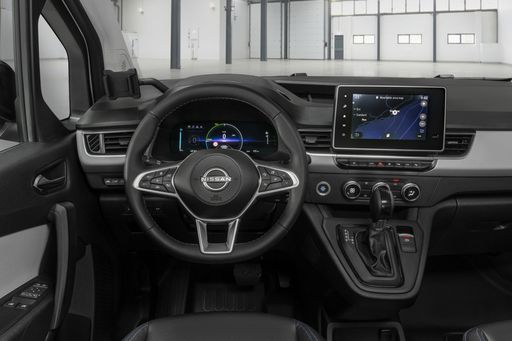 @ Nissan Motor Corporation
@ Nissan Motor Corporation
Peugeot Rifter
The Peugeot Rifter is a practical, family-friendly people carrier that makes everyday errands and weekend escapes feel effortless thanks to its airy cabin and clever, flexible interior. With chunky, purposeful styling and storage solutions everywhere, the Rifter manages to be both unashamedly useful and unexpectedly likeable.
details @ Peugeot / Stellantis Media
@ Peugeot / Stellantis Media
 @ Peugeot / Stellantis Media
@ Peugeot / Stellantis Media
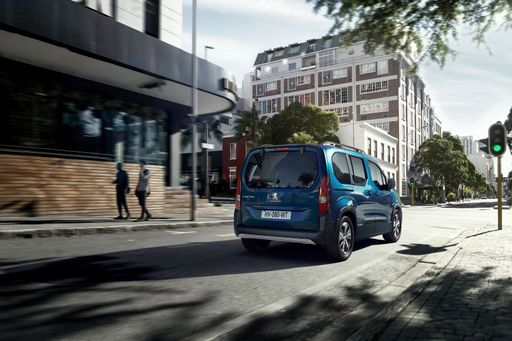 @ Peugeot / Stellantis Media
@ Peugeot / Stellantis Media
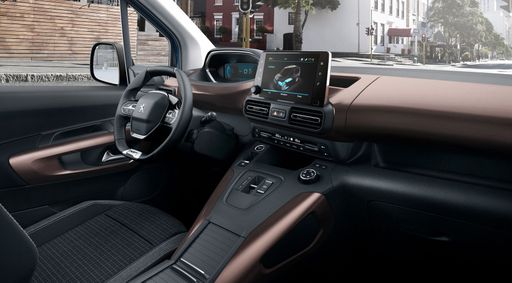 @ Peugeot / Stellantis Media
@ Peugeot / Stellantis Media
 @ Nissan Motor Corporation
@ Nissan Motor Corporation
|
 @ Peugeot / Stellantis Media
@ Peugeot / Stellantis Media
|
|
|
|
Costs and Consumption |
|
|---|---|
|
Price
25700 - 37700 £
|
Price
23800 - 36600 £
|
|
Consumption L/100km
6.7 - 7 L
|
Consumption L/100km
5.6 - 6 L
|
|
Consumption kWh/100km
19.3 - 20.7 kWh
|
Consumption kWh/100km
18.3 - 19.1 kWh
|
|
Electric Range
265 - 281 km
|
Electric Range
328 - 339 km
|
|
Battery Capacity
45 kWh
|
Battery Capacity
-
|
|
co2
0 - 157 g/km
|
co2
0 - 158 g/km
|
|
Fuel tank capacity
54 L
|
Fuel tank capacity
50 L
|
Dimensions and Body |
|
|---|---|
|
Body Type
High Roof Estate
|
Body Type
High Roof Estate
|
|
Seats
5 - 7
|
Seats
5 - 7
|
|
Doors
5
|
Doors
4 - 5
|
|
Curb weight
1509 - 2041 kg
|
Curb weight
1561 - 1941 kg
|
|
Trunk capacity
0 - 775 L
|
Trunk capacity
322 - 1050 L
|
|
Length
4488 - 4911 mm
|
Length
4405 - 4755 mm
|
|
Width
1859 - 1860 mm
|
Width
1848 mm
|
|
Height
1838 - 1869 mm
|
Height
1818 - 1837 mm
|
|
Max trunk capacity
2800 - 3050 L
|
Max trunk capacity
3000 - 3500 L
|
|
Payload
506 - 641 kg
|
Payload
489 - 814 kg
|
Engine and Performance |
|
|---|---|
|
Engine Type
Petrol, Electric
|
Engine Type
Electric, Diesel
|
|
Transmission
Manuel, Automatic
|
Transmission
Automatic, Manuel
|
|
Transmission Detail
Manual Gearbox, Dual-Clutch Automatic, Reduction Gearbox
|
Transmission Detail
Reduction Gearbox, Manual Gearbox, Automatic Gearbox
|
|
Drive Type
Front-Wheel Drive
|
Drive Type
Front-Wheel Drive
|
|
Power HP
122 - 130 HP
|
Power HP
102 - 136 HP
|
|
Acceleration 0-100km/h
12.6 - 13.3 s
|
Acceleration 0-100km/h
10.8 - 13.6 s
|
|
Max Speed
130 - 183 km/h
|
Max Speed
132 - 184 km/h
|
|
Torque
240 - 245 Nm
|
Torque
250 - 300 Nm
|
|
Number of Cylinders
4
|
Number of Cylinders
4
|
|
Power kW
90 - 96 kW
|
Power kW
75 - 100 kW
|
|
Engine capacity
1332 cm3
|
Engine capacity
1499 cm3
|
General |
|
|---|---|
|
Model Year
2023 - 2025
|
Model Year
2024
|
|
CO2 Efficiency Class
E, F, A
|
CO2 Efficiency Class
A, E, F
|
|
Brand
Nissan
|
Brand
Peugeot
|
What drivetrain options does the Nissan Townstar have?
Available configurations include Front-Wheel Drive.
The prices and data displayed are estimates based on German list prices and may vary by country. This information is not legally binding.
